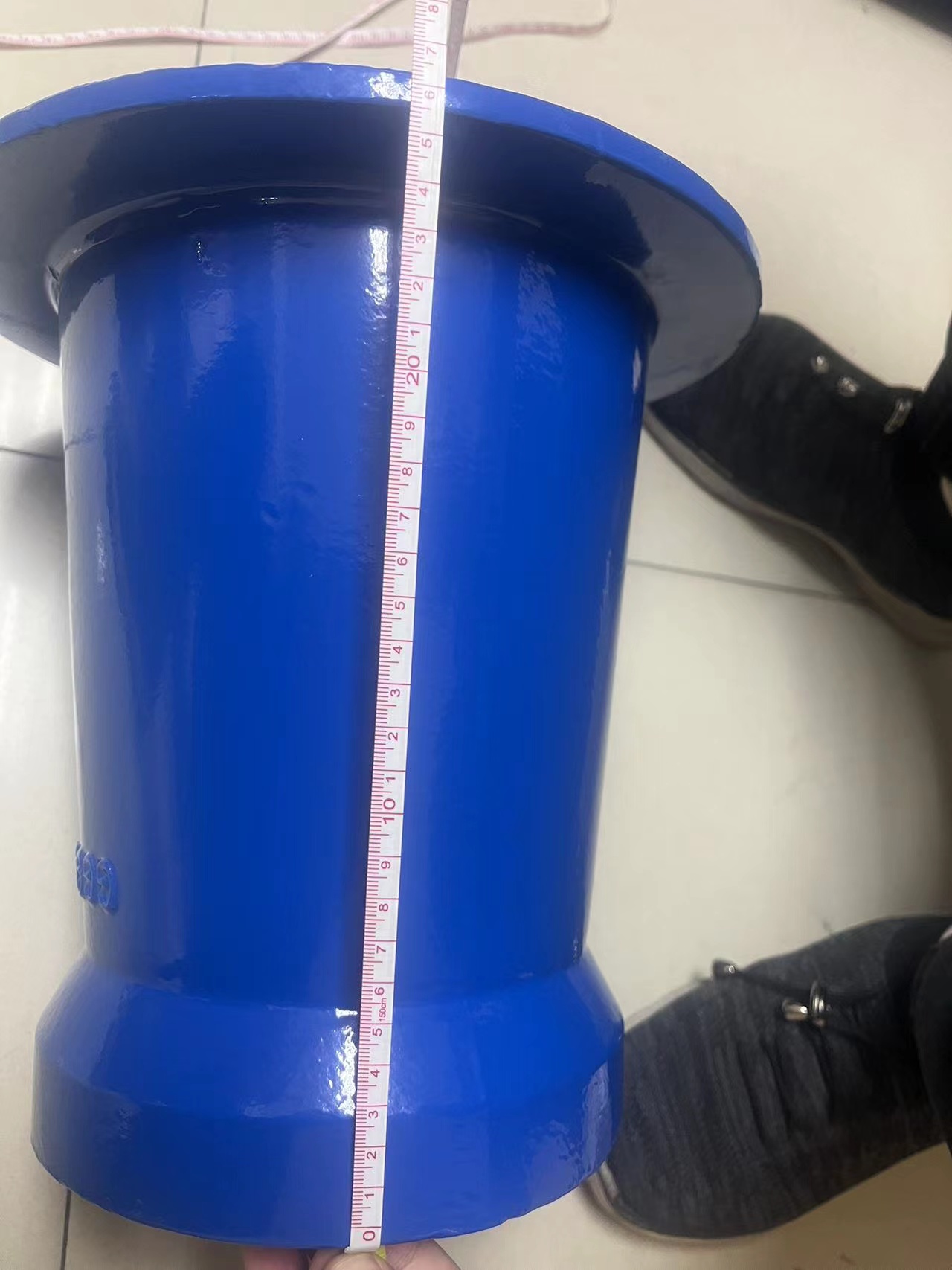1.5 inch butterfly valve
Understanding the 1.5-Inch Butterfly Valve
The 1.5-inch butterfly valve is a widely utilized device in fluid control systems, known for its simplicity, efficiency, and compact design. A butterfly valve operates through the rotational movement of a disc, which either allows or restricts the flow of fluid through a pipeline. This valve is especially popular in various industries, ranging from water treatment to chemical processing, making it a crucial component in many applications.
Design and Structure
The 1.5-inch butterfly valve features a circular disc that is mounted on a rotating shaft. When the valve is closed, the disc blocks the flow, creating a seal against the valve body. When the valve is opened, the disc rotates parallel to the flow direction, which allows the fluid to pass through with minimal resistance. This design not only minimizes pressure loss but also enables quick operation, often requiring only a quarter turn to fully open or close the valve.
The construction of a butterfly valve typically includes materials such as stainless steel, PVC, or ductile iron, depending on the application and the type of fluid being handled. The choice of material affects the valve's durability, resistance to corrosion, and overall performance in various environments.
Applications
Due to its lightweight and efficient design, the 1.5-inch butterfly valve is suitable for numerous applications. Some common uses include
1. Water Supply Systems These valves are frequently used in municipal water systems for controlling the flow and directing water to treatment facilities or distribution systems. 2. HVAC Systems In HVAC applications, butterfly valves regulate airflow and help manage the heating and cooling processes within buildings.
1.5 inch butterfly valve

3. Food and Beverage Industry The use of butterfly valves made from hygienic materials ensures that they meet the stringent sanitary requirements for food and beverage processing.
4. Chemical Processing The valves are designed to handle corrosive substances, making them suitable for various chemical applications, including the handling of acids and alkalis.
Advantages
The 1.5-inch butterfly valve offers several advantages over other types of valves. Its compact design reduces the amount of space required for installation, making it ideal for systems with limited space. Furthermore, the low torque requirement for operation allows for easy integration with automated systems, enhancing operational efficiency.
Additionally, the butterfly valve's ability to provide a tight seal when closed minimizes leakage, which is critical for many applications, particularly in hazardous environments. Its versatility, combined with the ease of maintenance and cost-effectiveness, makes it a favorable choice for engineers and operators alike.
Conclusion
In conclusion, the 1.5-inch butterfly valve is a vital component in fluid control systems across various industries. Its straightforward design, efficient performance, and adaptability to different environments make it an invaluable tool for managing fluid flow. Whether in municipal water systems, HVAC, or chemical processing, understanding how to effectively utilize this valve can greatly enhance operational efficiency and reliability in a wide array of applications. Embracing the benefits of the 1.5-inch butterfly valve is a wise decision for anyone involved in fluid management.
-
Square Sewer Cover Enhances Urban SafetyNewsAug.01,2025
-
Pipe Fitting Requires Precise AlignmentNewsAug.01,2025
-
Manhole Step Is DurableNewsAug.01,2025
-
Manhole Cover Is Found WorldwideNewsAug.01,2025
-
Hole Cover Frame On RoadsNewsAug.01,2025
-
Gully Grate Improves Road SafetyNewsAug.01,2025
-
Man Hole Cover Round Load CapacityNewsJul.31,2025
